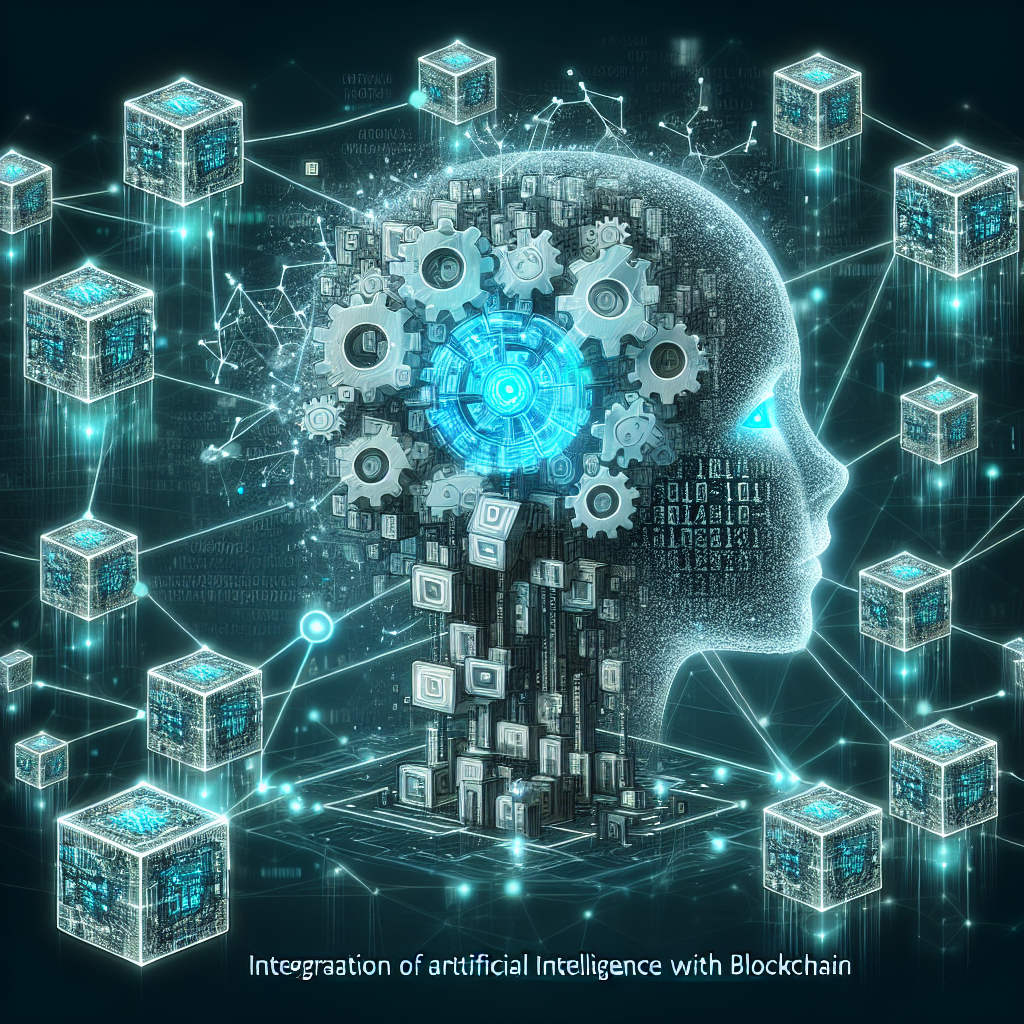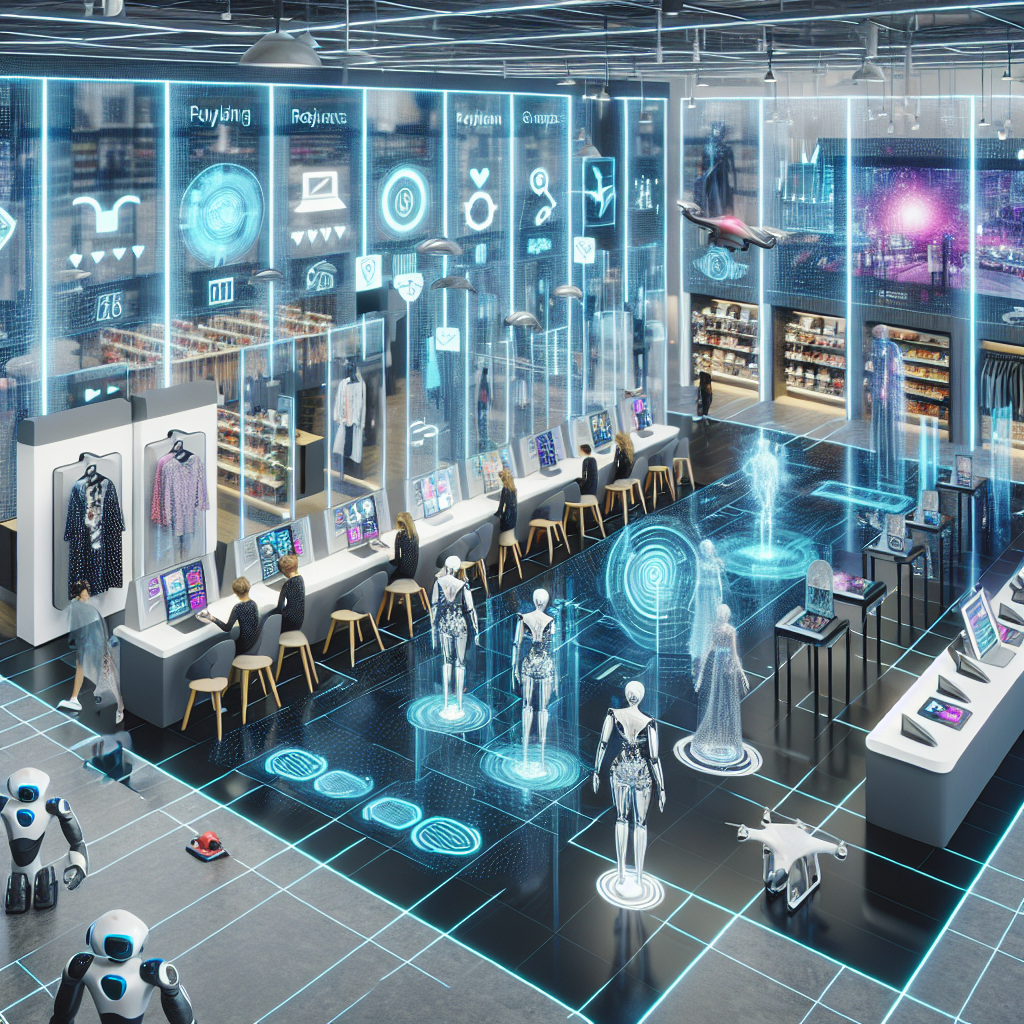The Evolution of Physical Retail in a Hyper-Connected World
The retail landscape is undergoing a transformative evolution. Contrary to the popular notion that e-commerce dominance spells the end of brick-and-mortar stores, industry leaders assert a bold new vision: physical retail isn’t disappearing—it’s becoming smarter, faster, and more connected than ever.
This paradigm shift is being powered by hyper-connected technologies that enhance both operational efficiency and customer engagement. One such leader in this evolution is Gonen Gershuni, Senior VP of Sales & Business Development at Xpand (formerly 1MRobotics), who recently weighed in on the topic in response to IGD’s influential report, The Hyper-Connected Store.
The Store as a Tech-Powered Destination
Today’s consumers crave seamless, immersive, and personalized retail experiences. As digital and physical environments merge, in-store technology is no longer a novelty—it’s an expectation. Stores that once focused solely on transactions are now becoming dynamic fulfillment hubs and community experience centers.
Gershuni emphasizes this transformation, noting that forward-thinking retailers are investing in tools that turn each square foot of the store into a data-rich, intelligent environment. In this vision, the store isn’t obsolete—it’s upgrading.
What is Driving the Hyper-Connected Revolution?
Several key technologies are enabling this bold pivot in retail design and operations:
- Smart Carts: Devices like Amazon’s Dash Cart are revolutionizing grocery shopping with embedded touchscreens and sensors that offer real-time product information, pricing, and promotions.
- IoT Infrastructure: From smart shelves to connected refrigeration units, stores are integrating IoT sensors to monitor inventory levels, track footfall, and automate replenishment.
- AI & Machine Learning: Personalized promotions, visual search, and behavior analytics are enabling retailers to tailor experiences to individual consumers more effectively than ever before.
- Robotic Micro-Fulfillment: Solutions from companies like Xpand make it possible to offer lightning-fast delivery and pick-up services in urban environments through compact, automated fulfillment centers.
- AR & VR Experiences: Augmented reality is creating interactive digital overlays in physical spaces, empowering shoppers to try products, explore options, or get additional information instantly.
From Static Retail to Adaptive Commerce
The hyper-connected store flips traditional retail models. Rather than being static locations where stock is displayed and sold, modern stores act as adaptive commerce hubs—fluid environments that offer real-time responsiveness based on both consumer behavior and operational data.
According to the IGD report, major shifts include:
- Unified commerce experiences across channels to ensure continuity whether shopping in-store or online.
- Staff augmentation through AI-driven tools, allowing employees to shift from transactional roles to high-value customer engagement.
- Dynamic layouts informed by heat maps and purchasing trends that optimize product placement and foot traffic flow.
- Increased Sustainability: With energy-efficient systems and reduced waste due to real-time inventory insights.
Automation Meets Personalization
At the intersection of automation and personalization lies the future of physical retail. Technologies like computer vision and voice recognition can not only automate checkouts and stock management but also identify repeat customers and personalize the in-store experience.
Imagine walking into a store where your loyalty app automatically checks you in, your past purchases are analyzed in real time, and digital signage directs you to products you’re likely to love—all without any friction.
Challenges and Considerations
While the benefits of hyper-connected physical retail are clear, there are hurdles that retailers must address:
- Data Privacy: As stores collect more consumer data, protecting user information becomes critical for maintaining trust.
- Cost of Tech Integration: Smaller retailers may find it difficult to invest in the infrastructure needed for hyper-connectivity.
- Employee Adoption: Staff training and adaptation to new technologies will be essential for smooth implementation and customer support.
The Role of Startups and Innovators
Businesses like Xpand are leading the charge by developing smart, automated solutions that align with this new retail ethos. Their rebranding from 1MRobotics reflects a broader vision to help retailers merge physical and digital experiences seamlessly and at scale.
According to Gershuni, technology should empower, not replace. It’s not about eliminating the human touch from retail—it’s about enhancing it through meaningful, real-time data and streamlined operations.
Conclusion: Charting the Path Forward
The future of physical retail is immersive, data-driven, and deeply interconnected. As IGD’s research and Gonen Gershuni’s insights demonstrate, it’s not enough to survive the digital shift—retailers must embrace smart, hyper-connected technologies if they want to thrive.
The store of tomorrow is no longer just a place to shop. It’s a sensor-driven, AI-powered, and customer-first ecosystem that responds to the pulse of the modern shopper in real time.
Retailers who align their strategy with this evolving reality have a wealth of opportunity ahead. Those who lag behind risk becoming obsolete—not because stores are going away, but because the way people interact with them is changing forever.



Leave a Reply